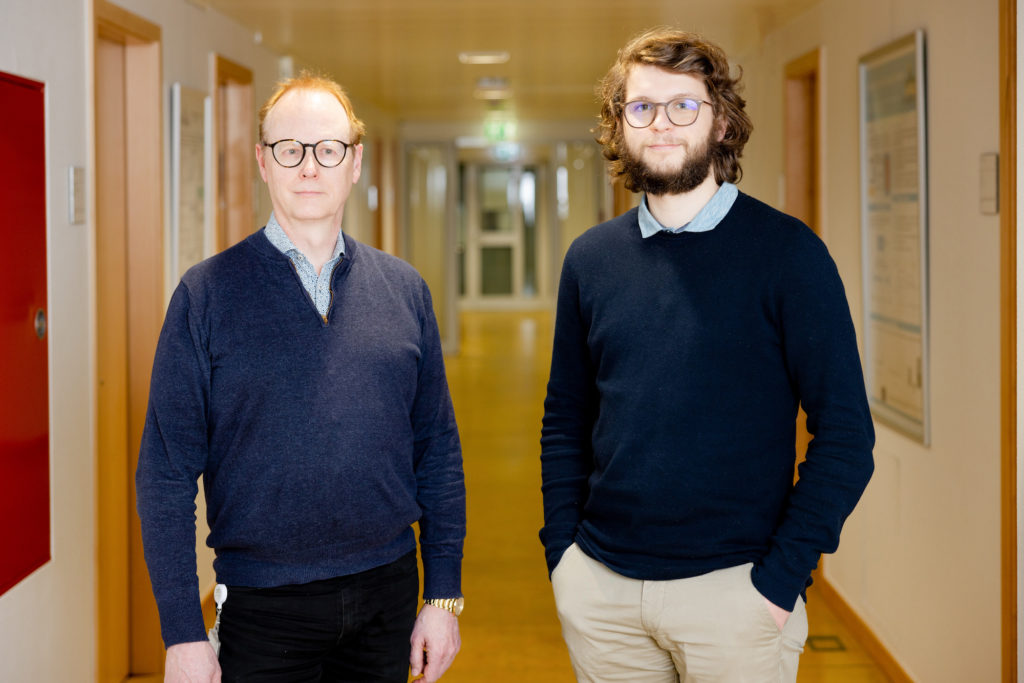Data collection and storage has gotten progressively sophisticated over the last 20 years. Gone are the days of floppy disks and mains powered memory drives, more and more of us are now opting to store our data where we can access it anywhere at any time – cloud storage. With huge amounts of data being created on a daily basis – it’s estimated that the market of big data analytics will reach a whopping $103 billion in the next five years. Companies are now starting to transfer their data to dedicated data centres, or using cloud solutions for their ever-growing need of storage. This is but one aspect of cloud computing, which can be time-consuming, not to mention costly as the amount of data increases. But, on the horizon is 5G edge computing – a process that will revolutionise and simplify storing data.
Big tech companies have been using cloud computing technologies since the mid-2000s, which led to more and more companies adopting this service – and offering it as a product to their customers. Besides providing a more convenient alternative to storage, it also offered employees with security of their data, since it’s not stored on the device itself. However, the cloud computing that’s currently used comes with a cost. Moving the masses of data we now produce is not just complex – it’s damaging the environment. It’s also inefficient, as most devices are still connected to storage through cables.
“Our aim is to create a seamless cloud experience for customers. Once our vision of edge computing is up and running, clients won’t notice a difference – and that is our main goal.”
Samuel Rac, SnT Tweet

To overcome these issues and provide a smoother solution to clients, SnT partnered with Proximus, the Luxembourg telecom and cloud provider, in on the project entitled Accelerated Cloud Edge in 5G (ACE5G). Undertaken by Dr. Mats Brorsson, research scientist, and Samuel Rac, doctoral researcher, from the Services and Data Management (SEDAN) research group, the team are exploring edge computing as a viable solution. Edge computing, where data processing is performed close to the source of the data as opposed to in a data centre, aims to remove the issues that come with transferring huge amounts of data – and with the rise of 5G, this is becoming far more realistic to achieve. Data that travels to and from a server that’s closer to the customer, using 5G, benefits from lower latency and higher bandwidth. Put simply, there is less of a delay between the information being sent and received.
Moving the masses of data we now produce is not just complex – it's damaging the environment. It’s also inefficient, as most devices are still connected to storage through cables.
However, as it stands, edge computing remains a time-consuming and error filled process, as there are a lack of tools and methods to integrate it into the traditional cloud computing systems. Rac is currently investigating how to resolve two problematic aspects. Firstly, when creating an edge application service, the system has to define an optimal location where the application is deployed, something which today is largely a manual process. The software also must be made to fit the many different hardware architectures at the edge without the need to be re-written. “Our aim is to create a seamless cloud experience for customers. Once our vision of edge computing is up and running, clients won’t notice a difference – and that is our main goal. When it’s time to deploy an application, our system will find the best place to do so – close to a 5G antenna and to the 5G user,” explains Rac.

“Two potential and exciting use cases of this technology could arrive in the coming years,” Rac shares. “Namely, cloud edge gaming and so-called ‘massive’ Internet of Things (IoT). When it comes to gaming, you either need the latest console or a powerful desktop to run games with the very best graphics. Oftentimes gaming takes no prisoners – smooth and high-quality graphics have no tolerance for weak hardware or low internet speed. Edge gaming could provide a revolutionary fix, by moving computer to the edge – offering much lower latency and higher speed gameplay, providing a smooth and superior customer experience,” he continues. Similarly, massive IoT aims to have the possibility to connect one million devices per square kilometre of space. In the case of autonomous vehicles, including sensors, alongside all of the smart devices we have nowadays – streams of information is being sent to data centres every second. Leveraging 5G, edge computing sends the information to the closest 5G network and creates a powerful tool that will analyse huge amounts of data in real-time.
5G edge computing overall is still a work in progress, but it’s a technology that holds the potential to provide a superior experience in so many aspects of our daily life. While it is still a work in progress, 5G edge computing strives to provide excellent customer experience in various areas. It aims to be heterogeneous, creating applications on many hardware, whether it is IoT, autonomous vehicles, gaming or virtual reality. The development of 5G generates faster and real-time data exchange in edge computing, putting clients at the centre of innovation and services.